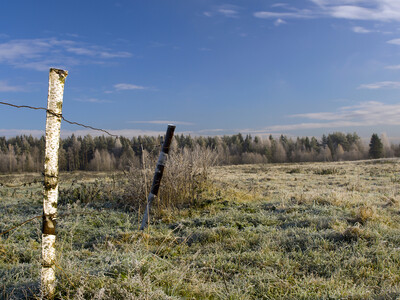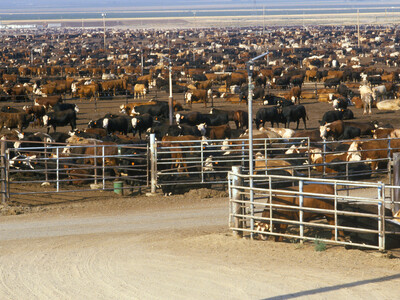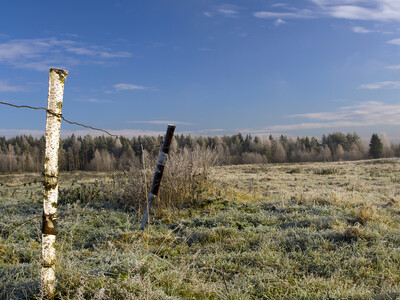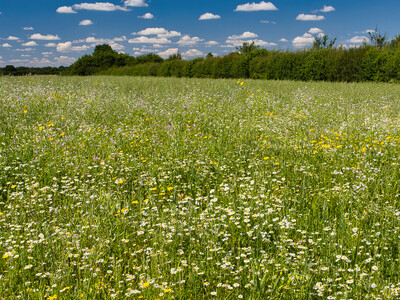Soil
Soil. I’m Greg Martin as Line On Agriculture presents the Harvest Clean Energy Report.
My wife and I love to garden and you quickly get to know your soil. Philip Small is a soil scientist with Land Profile, Inc. and he has a great tip for farmers and gardeners alike when it comes to your soil.
SMALL: The most important tool for understanding your soil is your soil test. I know a lot of people don’t take soil tests very often but boy you learn so much from that and if you work with a lab that will give you a recommendation and we have lots of great soil labs in the Pacific Northwest, luckily so it’s a great resource.
Small has another tip for working with the soil and plants.
SMALL: The next step after taking a soil testing is to move to plant tissue testing and we do a lot of that in our work where we monitor the soil nutrient status through the plant tissue analysis. And I think folks find that that is a much more cost effective way to evaluate the soil.
For a lot of people soil is something we just take for granted. You go out, stick a few seeds in the ground and add some water. But Small says this is where people can be surprised.
SMALL: I think folks find that in transitioning to higher organic matter residues they get better performance and I think folks under-appreciate that are just really surprised and talk about the great things that happen to their soil when they manage it. More activity. More earthworms a lot of people talk about and I see that in my work, too. And residue has turned out to be the critical hitch to manage soil.
Organic matter residues come from a variety of sources but Small says one in particular has shown to have great benefits.
SMALL: I’ve been a follower and an enthusiast of biochar for maybe 7 years. What excites me as a soil scientist about biochar is that it has so many aspects of it that are important to soil health and the way soil works. And to understand that we already have a large amount of charcoal in our soil naturally. In some research we’ve seen some pretty dramatic results from that. I think one of the most obvious opportunities we have is that some biochar stocks are capable of raising soil pH.
For additional information on clean energy, visit harvestcleanenergy.org. That’s today’s Line On Agriculture. I’m Greg Martin on the Ag Information Network.???
www.harvestcleanenergy.org

















